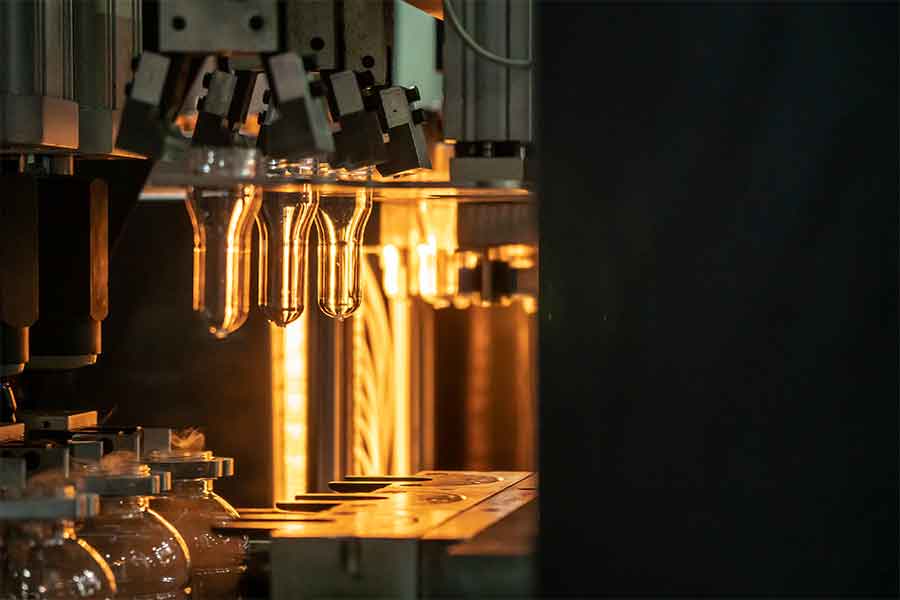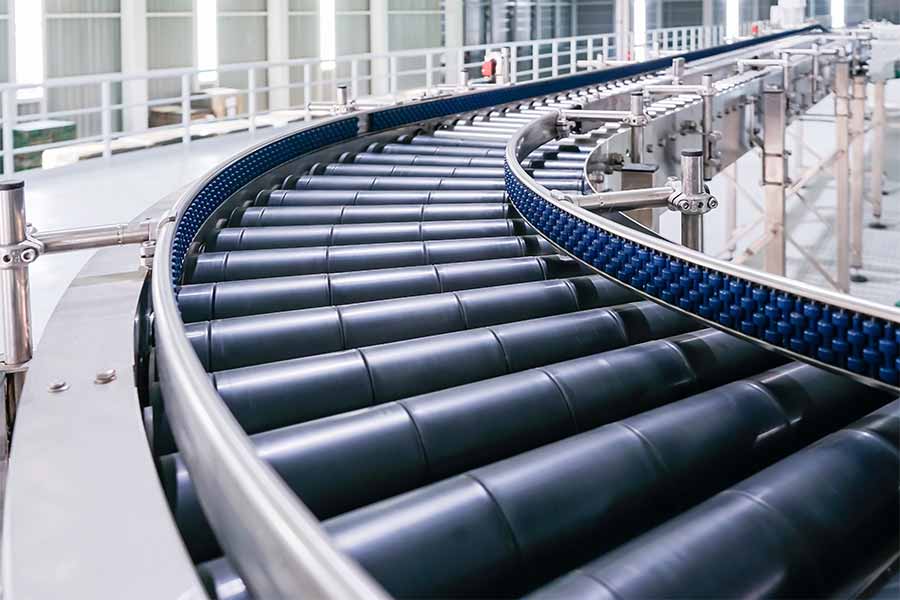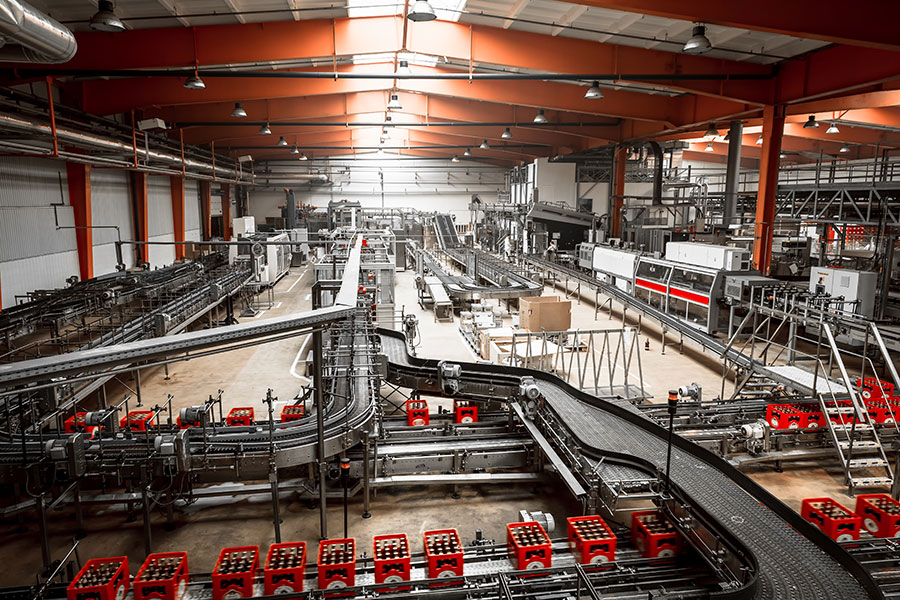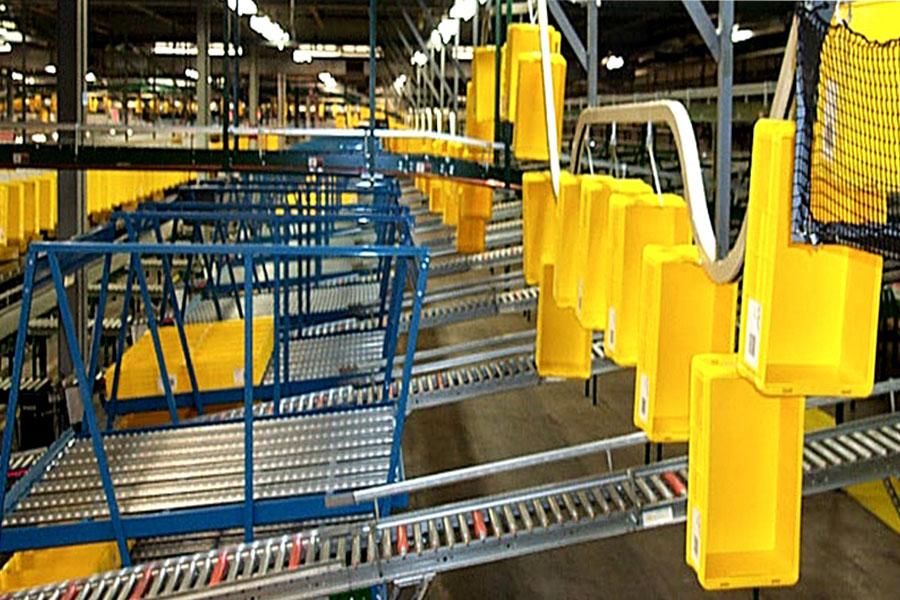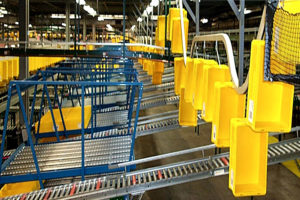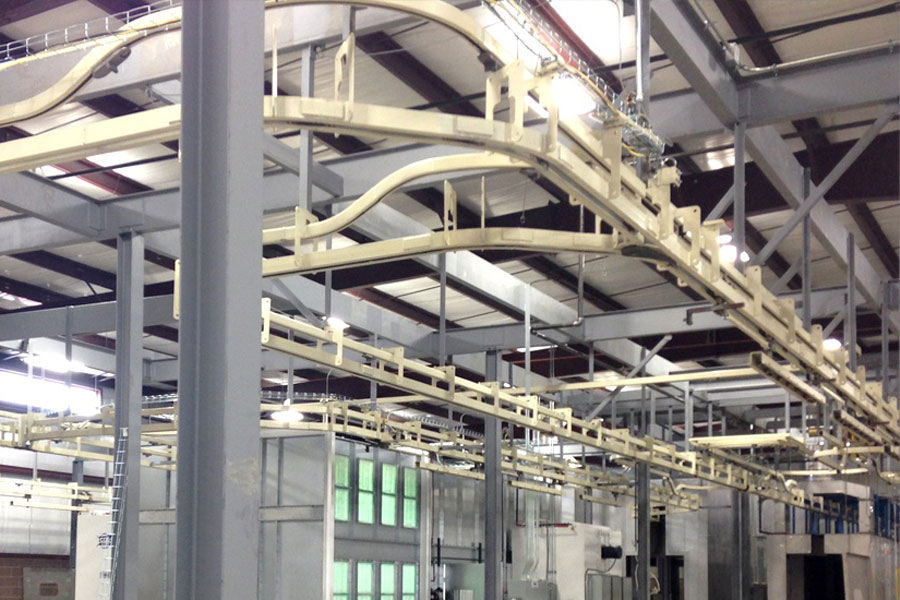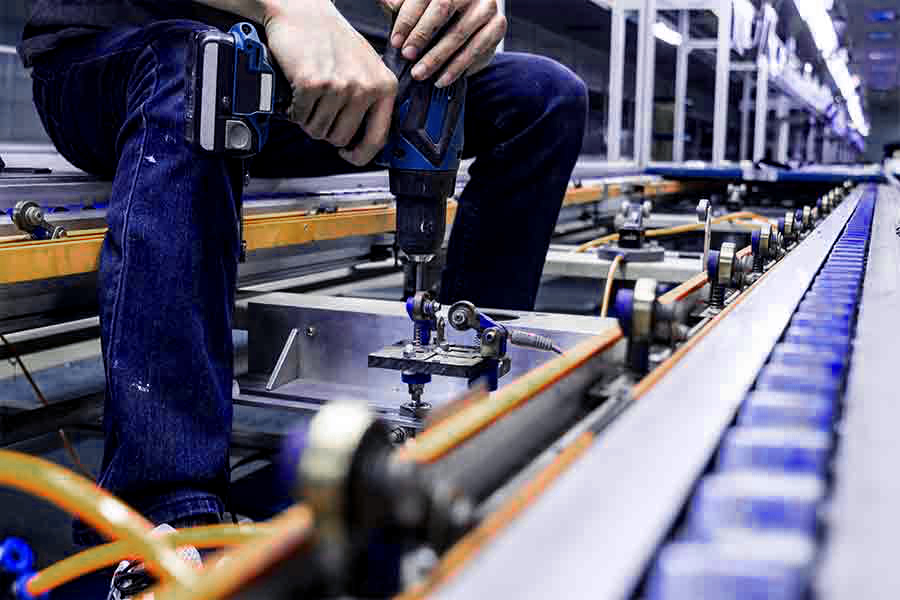
Working with an efficient conveyor application not only enhances productivity, but also promotes a safer work environment. Therefore, it is imperative to ensure that your conveyor system routinely undergoes monthly maintenance and inspection to proactively detect any issues or miscalibrations. As a result, you can prevent major, expensive breakdowns that halt your production line. In the content below, we discuss monthly conveyor safety procedures and provide a comprehensive preventative maintenance checklist to ensure optimal machinery performance.
You can also download our quick, easy-to-follow guide on keeping your conveyor on track for the future.
Knowing When Your Conveyor Needs Maintenance
Conveyor safety begins with understanding the equipment in your conveyor application. To best forecast the necessary maintenance tasks associated with your desired cleanroom conveyor system, answer the following questions:
- How often does the system require scheduled maintenance and repairs?
- How easily can inspection and repairs be completed?
- What components or tools are required to successfully maintain and keep the conveyor clean?
Consider each conveyor component, such as the high-performance chain, belt and track. Are each of the components’ replacement parts easily accessible? Keep in mind – replacement parts with lower availability could result in paused or delayed production for your business.
Monthly Conveyor Safety and Preventative Maintenance Checklist
While many maintenance tasks only require quarterly or annual servicing, it is imperative to regularly inspect every conveyor component to detect malfunctions or miscalibrations. Below, we provide a comprehensive monthly conveyor preventative maintenance checklist as per each compartment type.
Motor
Conveyor maintenance begins with the motor, for no other functions operate properly without a working engine or propeller. Three actions pertain to the motor:
- Monitor the noise output of the engine. While these tasks fall under monthly maintenance, it is highly recommended to complete this step on a weekly basis. As a result, in the event the motor sound rings at a different output, you can quickly detect and remedy the issue.
- Check and record the motor temperature. By evaluating and documenting the temperature each month, you can later identify any temperature abnormalities.
- Assess the motor’s mounting bolts to ensure conveyor safety. If you notice a loose mounting bolt, promptly secure it and document which bolt was loose for future monitoring.
Reducer
Upon completion of your conveyor motor inspection, turn your attention to the reducer. Then, complete each of these three actions below:
- Listen to and examine the noise output of the reducer. If you notice the reducer’s noise level reaching a unique output or frequency, or even makes a clanging noise, you can then quickly identify and repair the issue.
- Measure and document the reducer’s temperature. As a result of routinely evaluating and reporting the temperature on a monthly basis, you can later identify any temperature abnormalities.
- Check the reducer’s oil levels. Like a vehicle, it is imperative to ensure the reducer’s oil levels are neither too high nor too low. By regularly inspecting the levels, you can better determine how often the reducer experiences oil changes and identify if oil is burning faster than normal.
Drive Chain
The purpose of a conveyor is to carry the manufactured products along the conveyor, especially for assembly processes. In the event your conveyor’s drive chain runs out of order, your entire production process could be jeopardized. Therefore, continue practicing conveyor safety by applying preventative drive chain conveyor maintenance through completing the following inspection checks:
- Test the tension. While often completed on a monthly basis, we recommend that you monitor the tension weekly to easily notice subtle changes such as the tension tightening or loosening.
- Lubricate the drive chain. Like a well-oiled machine, lubricating the drive chain enhances the conveyors performance by eliminating excess friction. Be sure to utilize the proper lubrication products as recommended by the manufacturer to avoid rusting or product malfunction.
- Evaluate for wear and tear. The longer your conveyor is in production, the greater chance you have of noticing wear and tear. While that is normal to a certain degree, it is wise to prevent excessive wear and tear through routine maintenance. Therefore, evaluate the chain to notice any signs of rusting, snagging or the drive chain falling off the track.
Sprockets
The conjoining element between conveyor chains and belts, sprockets are pivotal conveyor elements. Therefore, stay on top of preventative maintenance by completing the following inspection checks:
- Examine for wear and tear. As sprockets are toothed gears or profiled wheels that cause a conveyor chain or belt to transmit rotary motors, it is detrimental to the successful operation of your conveyor if a sprocket breaks. Therefore, evaluate each sprocket in attempt to detect early signs of excessive wear and tear.
- Assess set screws and keys. By evaluating the current condition of your set screws and keys on a monthly basis, you can quickly notice any areas needing maintenance or immediate repairs.
Belt
The conveyor belt is only as successful and smooth as its main conveyor components. As a result, enhance your conveyor safety and efficiency by using the conveyor belt maintenance checklist below:
- Evaluate the tracking. By assessing the tracking for the conveyor belt, you will notice signs of wear and tear. In the event you find a damaged section of the tracking, you can quickly replace the segment before it causes additional reparations.
- Test the tension. Monitor the tension to ensure the belt is not held too tight or too loose. Either scenario may result in conveyor breakdowns that cost your operation both time and money to correct.
- Check the lacing. Like a broken zipper, conveyor chains fail to operate successfully when the lacing is off or not congruent with the rest of the conveyor. Therefore, inspect the lacing for any abnormalities.
Bearings (Pulleys and Rollers)
- Listen to the noise level and output. Similar to the process of motor and reducer preventative maintenance, assess and record the noise level and output of the bearings.
- Evaluate the mounting bolts. If you notice a loose mounting bolt, promptly secure it and document which bolt was loose for future monitoring.
V-Belts and O-Rings
- Test the tension. Monitor the tension to ensure the V-belts and O-rings are not too tight or too loose. Either scenario may result in conveyor breakdowns that cost your operation both time and money to correct.
- Examine for wear and tear. Evaluate both the V-belts and O-rings to identify any premature signs of excessive wear and tear.
- Check sheave alignment. By routinely inspecting the sheave alignment for any unbalancing, you can quickly notice if something appears out of alignment.
Structural
- Evaluate every bolt. If you notice a loose bolt anywhere on your conveyor application, practice conveyor safety by promptly securing or replacing it and documenting which bolt was loose for future monitoring.
Safety
- Evaluate machine guard placement. This maintenance task applies to all belts, pulleys, sprockets, and any other pinch point on your conveyor system. Ensure the guard placement is in optimal condition and proper place.
- Check emergency stops functionality. Practicing conveyor safety ends with routinely inspecting the functionality of emergency stops. In the event of an emergency, you will want the stops to function instantly and effectively. As a minimum requirement, test every emergency stop on a monthly basis if not weekly.
High-Quality Conveyor Solutions with Richards-Wilcox Conveyor
Performing preventative maintenance to a conveyor can improve productivity and longevity radically, but not all models are made with high-quality materials. However, from design simulation to customizing conveyors for your specific needs, we can help you create a conveyor system perfect for your application and ready for the long-haul.
At Richards-Wilcox Conveyor, our customized conveyor designs are engineered for innovation – radically changing with an evolving world. With numerous applications and capabilities, we find and manufacture ideal solutions for your conveyor system needs. If you have any further inquiries or would like to request a quote, contact us today!
